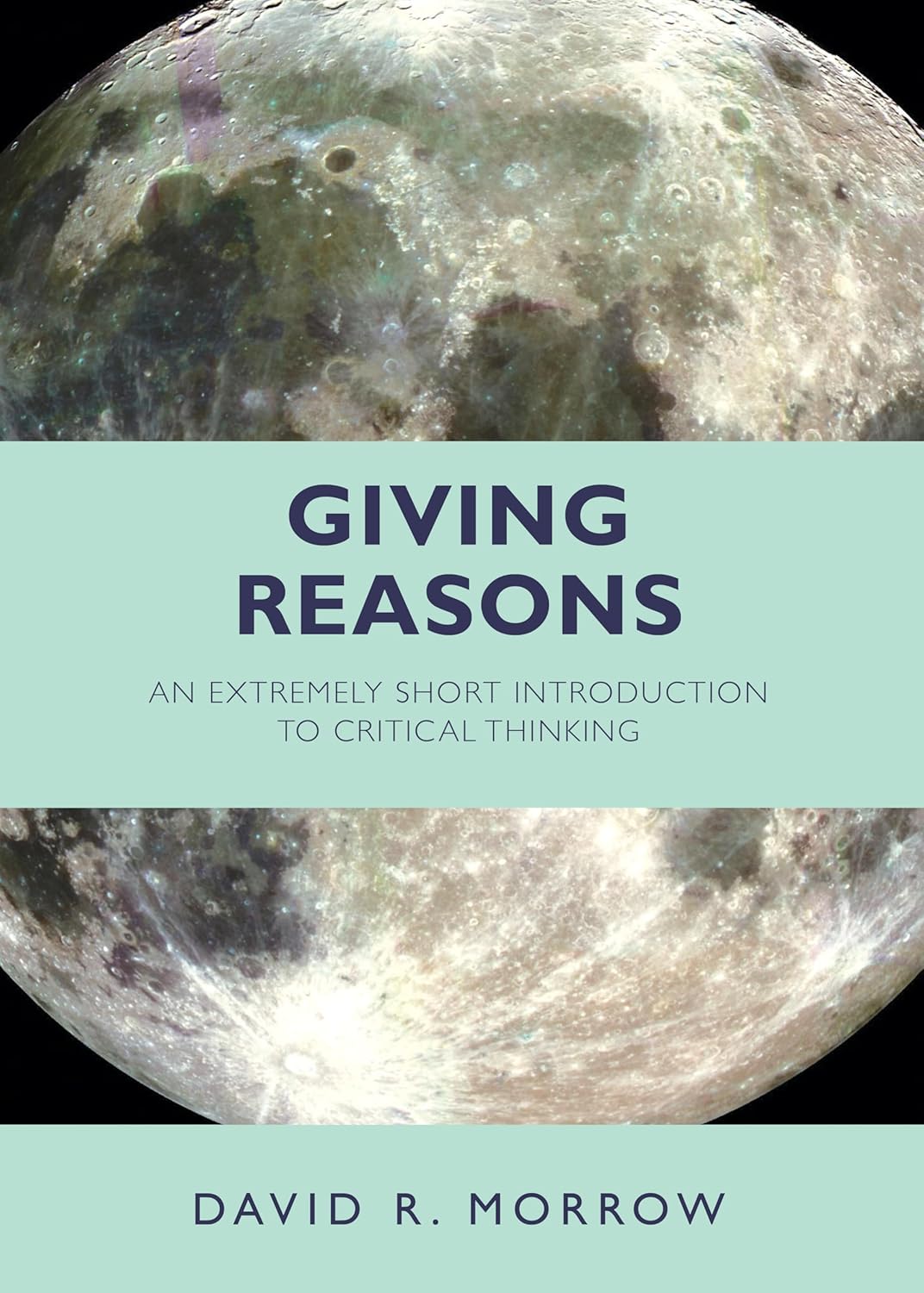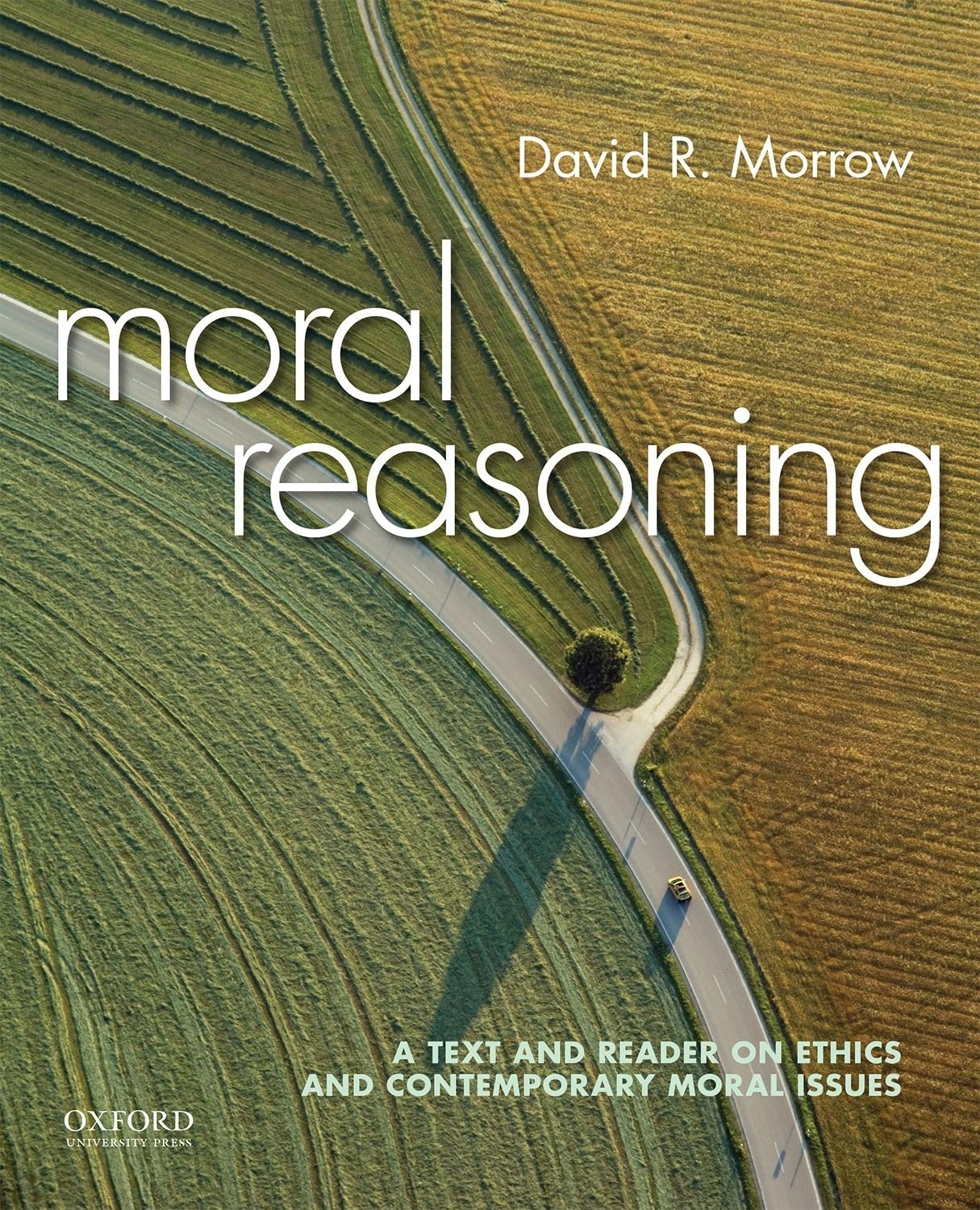
Values in Climate Policy
A survey of ethical issues in climate policy
For a longer list of publications, see my Google Scholar profile. For a complete list, see my CV.
DR Morrow, R Apeaning & G Guard
Geophysical Model Development 16(3): 1105–1118 [2023]
This paper introduces GCAM-CDR 1.0, an integrated assessment model for climate policy based on the open-source Global Change Analysis Model (GCAM). GCAM-CDR extends GCAM v5.4 by enabling users to model additional carbon dioxide removal (CDR) technologies and additional policies and controls related to CDR. New CDR technologies include terrestrial enhanced weathering with basalt, ocean liming, and additional versions of direct air capture. New CDR policies and controls include integration of bioenergy with carbon capture and storage (BECCS) into the CDR market, interregional trade in CDR, exogenous control over the rate of growth of CDR, the ability to set independent targets for emissions abatement and CDR, and a variety of mechanisms for setting demand for CDR at the regional and/or global level. These extensions enhance users' ability to study the potential roles of CDR in climate policy.
SR Cooley, S Klinsky, DR Morrow & T Satterfield
Annual Review of Marine Science 15(1): 41–66 [2023]
DOI 10.1146/annurev-marine-032122-113850
Ocean carbon dioxide removal (OCDR) is rapidly attracting interest, as climate change is putting ecosystems at risk and endangering human communities globally. Due to the centrality of the ocean in the global carbon cycle, augmenting the carbon sequestration capacity of the ocean could be a powerful mechanism for the removal of legacy excess emissions. However, OCDR requires careful assessment due to the unique biophysical characteristics of the ocean and its centrality in the Earth system and many social systems. Using a sociotechnical system lens, this review identifies the sets of considerations that need to be included within robust assessments for OCDR decision-making. Specifically, it lays out the state of technical assessments of OCDR approaches along with key financial concerns, social issues (including public perceptions), and the underlying ethical debates and concerns that would need to be addressed if OCDR were to be deployed as a carbon dioxide removal strategy.
DG MacMartin, D Visioni, B Kravitz, JH Richter, T Felgenhauer, WR Lee, DR Morrow, EA Parson, M Sugiyama
Proceedings of the National Academy of Sciences 119 (33): e2202230119 [2022]
Making informed future decisions about solar radiation modification (SRM; also known as solar geoengineering)—approaches such as stratospheric aerosol injection (SAI) that would cool the climate by reflecting sunlight—requires projections of the climate response and associated human and ecosystem impacts. These projections, in turn, will rely on simulations with global climate models. As with climate-change projections, these simulations need to adequately span a range of possible futures, describing different choices, such as start date and temperature target, as well as risks, such as termination or interruptions. SRM modeling simulations to date typically consider only a single scenario, often with some unrealistic or arbitrarily chosen elements (such as starting deployment in 2020), and have often been chosen based on scientific rather than policy-relevant considerations (e.g., choosing quite substantial cooling specifically to achieve a bigger response). This limits the ability to compare risks both between SRM and non-SRM scenarios and between different SRM scenarios. To address this gap, we begin by outlining some general considerations on scenario design for SRM. We then describe a specific set of scenarios to capture a range of possible policy choices and uncertainties and present corresponding SAI simulations intended for broad community use.
S Jinnah, D Morrow & S Nicholson
Global Policy 12: 8–19 [2021]
This article adds conceptual discipline to a well-rehearsed but largely intuitive argument within the climate engineering community that carbon dioxide removal (CDR) and solar radiation management (SRM) should be treated separately – ‘split’ rather than ‘lumped’ – in policy discussions. Specifically, we build the first, theoretically derived argument for ‘splitting’. We do this by engaging a set of theoretical insights from the international relations literature, having to do with the relationship between problem structure and institutional design. Centrally, we apply some key elements of problem structure – which allows us to compare policy issues along variables such as geographic scope, costs, and actor number and asymmetries – to the cases of SRM and CDR. By analyzing their problem structures, we demonstrate that SRM and CDR are different in ways that are likely to yield different state preferences for institutional design, and thus policy proposals that split SRM and CDR are more likely to be adopted by states. In short, we construct a theoretical argument for ‘splitting’ SRM and CDR governance in global policy discussions.
DR Morrow, MS Thompson, A Anderson, M Batres, HJ Buck, K Dooley, O Geden, A Ghosh, S Low, A Njamnshi, J Noël, OO Táíwò, S Talati & J Wilcox
One Earth 3 (2): 150–153 [2020]
DOI 10.1016/j.oneear.2020.07.015
Carbon dioxide removal (CDR) is rising up the climate-policy agenda. Four principles for thinking about its role in climate policy can help ensure that CDR supports the kind of robust, abatement-focused long-term climate strategy that is essential to fair and effective implementation. Those principles are:
DR Morrow
Critical Review of International Social & Political Philosophy 23 (5): 618–640 [2020]
DOI 10.1080/13698230.2020.1694220
Over the past decade or so, several commentators have called for mission-driven research programs on solar geoengineering, also known as solar radiation management (SRM) or climate engineering. Building on the largely epistemic reasons offered by earlier commentators, this paper argues that a well-designed mission-driven research program that aims to evaluate solar geoengineering could promote justice and legitimacy, among other valuable ends. Specifically, an international, mission-driven research program that aims to produce knowledge to enable well-informed decision-making about solar geoengineering could (1) provide a more effective way to identify and answer the questions that policymakers would need to answer; and (2) provide a venue for more efficient, effective, just, and legitimate governance of solar geoengineering research; while (3) reducing the tendency for solar geoengineering research to exacerbate international domination. Thus, despite some risks and limitations, a well-designed mission-driven research program offers one way to improve the governance of solar geoengineering research relative to the ‘investigator-driven’ status quo.
DR Morrow
Environmental Values 26 (6): 669–691 [2017]
DOI 10.3197/096327117X15046905490335
One central question of climate justice is how to fairly allocate remaining "carbon space" or a global emissions budget. Some commentators hold that the idea of fairness is hopelessly equivocal on this point. Others claim that we need a complete theory of distributive justice to answer the question. This paper argues that on the contrary, given only weak assumptions about fairness, we can show that fairness requires an allocation that is at least as 'prioritarian' as the equal per capita view. Since even the equal per capita view is more prioritarian than is politically feasible, fairness is univocal enough for all practical purposes.
DR Morrow
Philosophical Transactions of the Royal Society A 372 (2031): 20140062 [2014]
Many commentators fear that climate engineering research might lead policy-makers to reduce mitigation efforts. Most of the literature on this so-called ‘moral hazard’ problem focuses on the prediction that climate engineering research would reduce mitigation efforts. This paper focuses on a related ethical question: Why would it be a bad thing if climate engineering research obstructed mitigation? If climate engineering promises to be effective enough, it might justify some reduction in mitigation. Climate policy portfolios involving sufficiently large or poorly planned reductions in mitigation, however, could lead to an outcome that would be worse than the portfolio that would be chosen in the absence of further climate engineering research. This paper applies three ethical perspectives to describe the kinds of portfolios that would be worse than that ‘baseline portfolio’. The literature on climate engineering identifies various mechanisms that might cause policy-makers to choose these inferior portfolios, but it is difficult to know in advance whether the existence of these mechanisms means that climate engineering research really would lead to a worse outcome. In the light of that uncertainty, a precautionary approach suggests that researchers should take measures to reduce the risk of mitigation obstruction. Several such measures are suggested.
DR Morrow
Ethics, Policy & Environment 17 (2): 123–138 [2014]
DOI 10.1080/21550085.2014.926056
Solar radiation management (SRM), a form of climate engineering, would offset the effects of increased greenhouse gas concentrations by reducing the amount of sunlight absorbed by the Earth. To encourage support for SRM research, advocates argue that SRM may someday be needed to reduce the risks from climate change. This paper examines the implications of two moral constraints—the Doctrine of Doing and Allowing, and the Doctrine of Double Effect—on this argument for SRM and SRM research. The Doctrine of Doing and Allowing, and perhaps the Doctrine of Double Effect, shows that the argument is weaker than it appears.
As Director of Research at the Institute for Responsible Carbon Removal, I led a team that developed a modified version of the open-source Global Change Analysis Model (GCAM), an integrated assessment model developed by the Joint Global Change Research Institute. Our version of the model, GCAM-CDR, improved the representation of carbon removal technologies and policies.
GCAM-CDR is available open-source from our GitHub repository and through Zenodo. The GitHub repository also includes user documentation. The model is described in more detail in our paper in Geophysical Model Development.
GCAM-CDR has also been used for research papers by other research groups, including:

I am have written a book on climate ethics and philosophy textbooks on critical thinking, ethics, and the history of philosophy.

A survey of ethical issues in climate policy

A historical introduction to Western philosophy.
With Norm Melchert.
Co-author since 8th edition.

A complete course in critical thinking.
With Anthony Weston.

A primer on critical thinking

A textbook about how to
reason well about ethical issues
You can reach me at morrow@american.edu.